Samsung is the biggest consumer electronics brand in the world. The company sells a wide variety of products, including smartphones, wearables, laptops, TVs, home appliances, and smart home devices. Another brand that followed Samsung’s footsteps in widening its product portfolio is Xiaomi.
After entering the smartphone market, the Chinese brand eventually started competing with Samsung in various other product categories, especially in markets like India, South East Asia, and Europe. Based on their product lineup and strategies, Samsung and Xiaomi are quite alike. Since it is the end of the year (and a particularly tough year for everyone in various ways), it is a good idea to see how the companies fared against each other.
Samsung vs Xiaomi in 2020: A tough fight in smartphones, wearables category
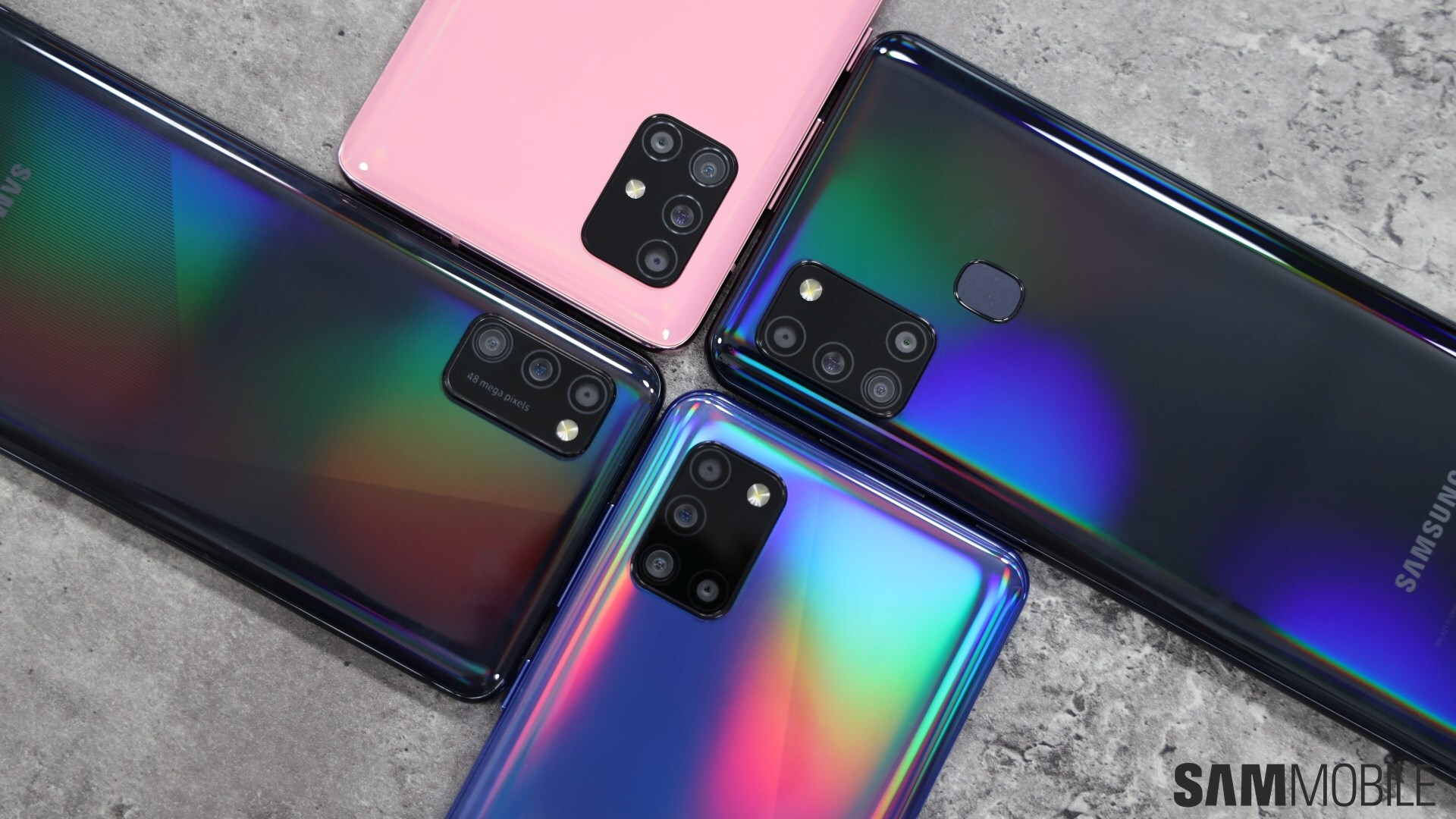
While Samsung has been ruling the global smartphone market for years, it was facing tough competition from Xiaomi in an important market like India for a few years now. Xiaomi’s smartphones offer higher specs at lower prices when compared to Galaxy smartphones. It’s the same mantra that Samsung followed while competing with Apple. Thankfully, Samsung was able to take back the market share crown from Xiaomi in India in Q3 2020, with the help of better mid-range products (compared to previous-gen Galaxy phones) like the Galaxy M31, Galaxy M51, and the Galaxy A51. However, the fight isn’t over yet. In the third quarter, Samsung’s global smartphone market share was 22%. Xiaomi quickly grabbed the empty space that was left behind by Huawei to become the world’s third-biggest smartphone brand (with a market share of 12.1%).
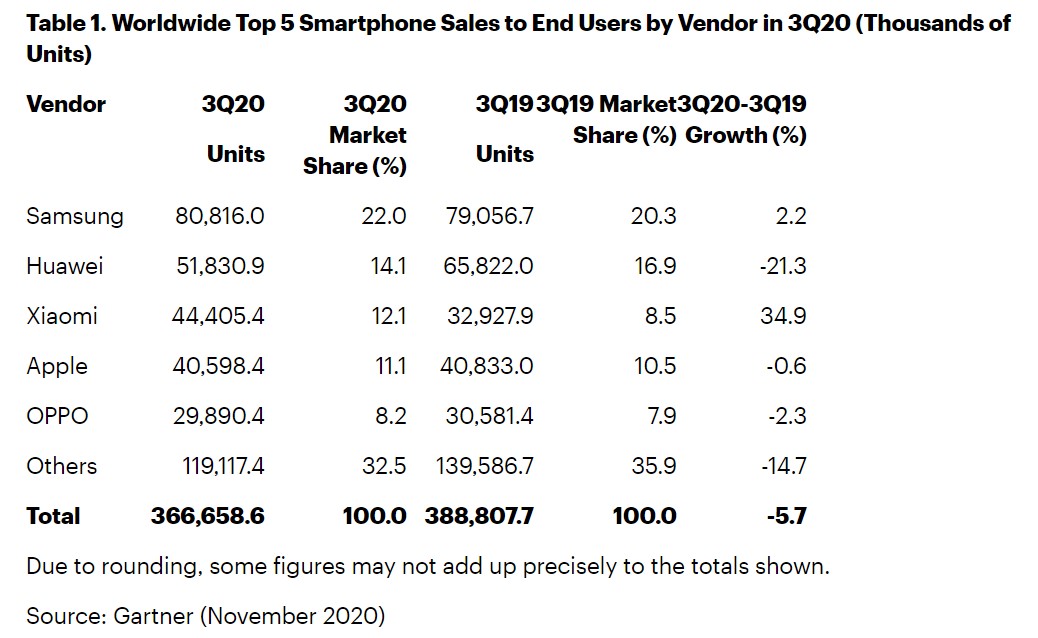
Be it design, build quality, screen quality, or cameras, Samsung’s high-end smartphones consistently offer better quality than Xiaomi’s high-end phones. However, a large part of Samsung’s smartphone shipments comes from the mid-range phones that it sells worldwide, and it needs to do better in that segment. To better compete with Xiaomi in the mid-range price segment, Samsung needs to offer better specs and performance. And we’ve seen signs from the company that it wants to do better: the Galaxy M51 offers class-leading display quality and battery life, and it does all of that at a great price. To keep doing even better, Samsung needs to start offering faster processors and introduce screens with a higher refresh rate.
Samsung’s software experience is better, too, and One UI offers a much more cohesive experience compared to MIUI. Moreover, Samsung was extremely impressive this year in terms of software update rollout. The company has already released the Android 11-based One UI 3.0 update to a bunch of smartphones, and it has plans to roll it out to more mid-range affordable phones over the next few months. Samsung has also promised three major Android updates to its high-end smartphones and tablets. While Xiaomi updates its phones to newer versions of MIUI for multiple years, the same can’t be said about Android version updates.
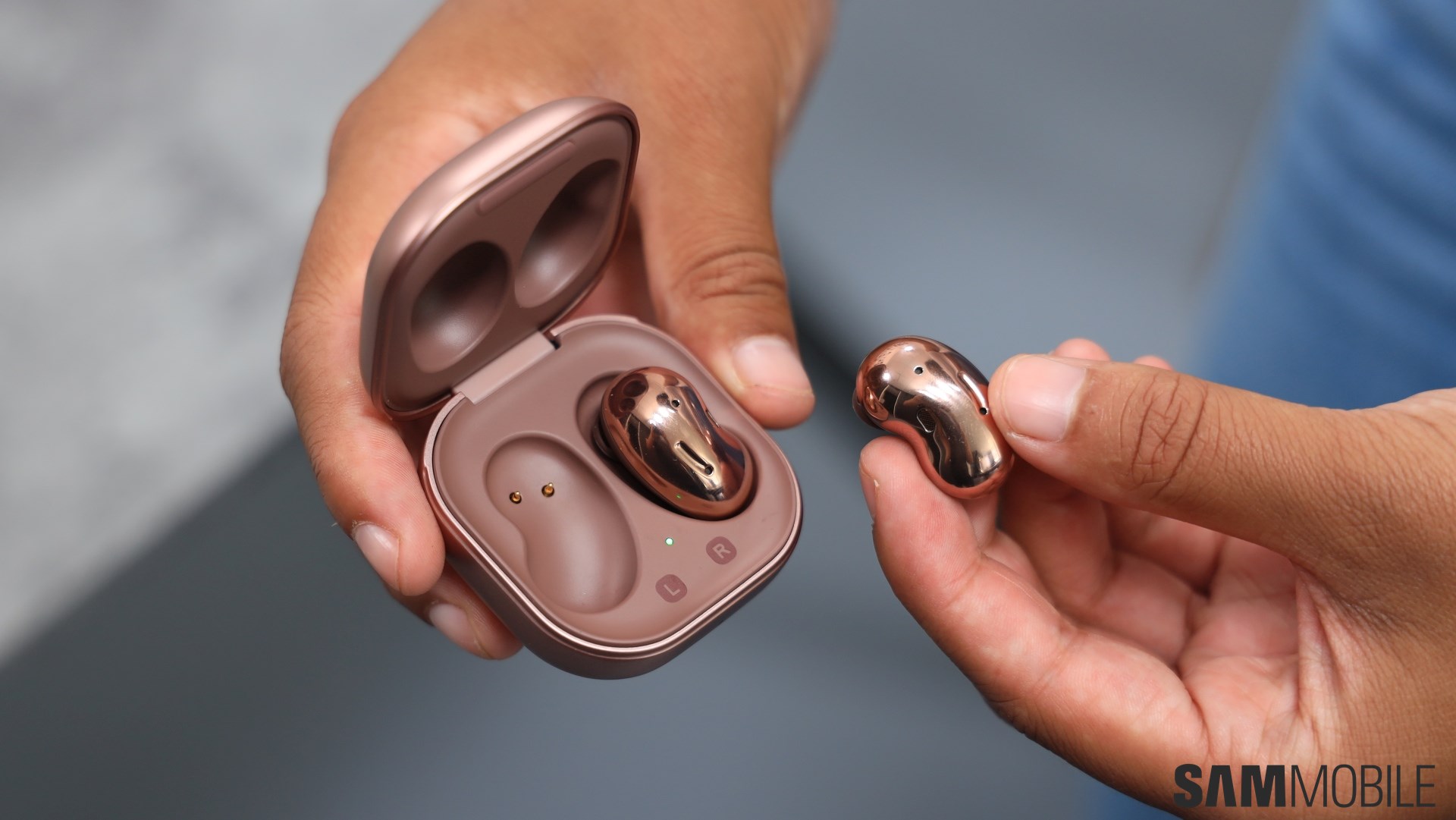
In the wearable segment, Xiaomi’s market share is 13.6%, and it is ranked number two, while Samsung is lagging at the fourth position with a market share of 9%. Samsung’s smartwatches and truly wireless earphones offer higher quality compared to the ones from Xiaomi. The Galaxy Buds+, Galaxy Buds Live, and the Galaxy Watch 3 are among the best in their categories, but Xiaomi releases dirt-cheap wearables, which helps the company in shipping more products compared to Samsung. The South Korean brand needs to take measures to keep the Chinese brand at bay, especially in South Asia and Europe.
Samsung vs Xiaomi in 2020: Samsung won an important race
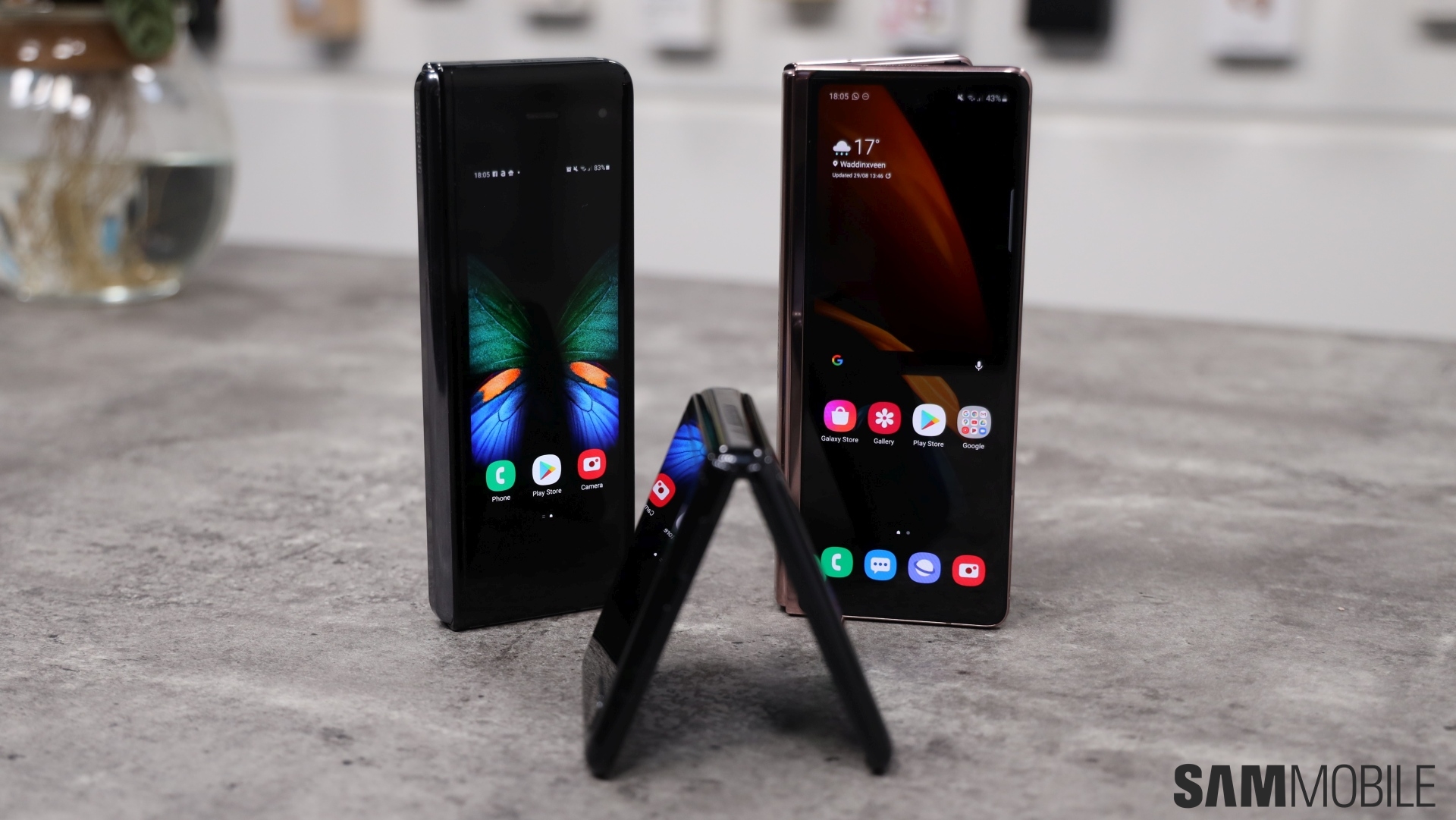
While Xiaomi showcased a lot of interesting and futuristic smartphone concepts such as the Mi MIX Alpha and its dual-fold smartphone, it was Samsung that actually managed to ship smartphones of the future. The company launched multiple foldable smartphones in 2020, including the Galaxy Z Flip, Galaxy Z Flip 5G, and the Galaxy Z Fold 2. The amount of improvement that we saw in the Galaxy Z Fold 2 over the Galaxy Fold impressed us a lot and made us believe that Samsung is in it for the long run.
The company makes its own foldable screens and foldable glass, both of which are extremely important for making foldable smartphones. Xiaomi is nowhere close to Samsung in the foldable segment. Most of the futuristic devices that the Chinese firm displayed were just that, concepts, and the company never managed to ship them to actual consumers. In 2020, Samsung won this extremely important race to the future.
Samsung vs Xiaomi in 2020: No competition in TVs, home appliances, and smart home devices

While Xiaomi sells smart TVs, media players, monitors, and home appliances, it is nowhere close to Samsung in terms of shipments, market share, and even quality. The South Korean firm’s TVs offer much better audio and video quality, and its Tizen operating system is generally more refined and good-looking compared to Xiaomi’s PatchWall (or even Android TV) software. The South Korean tech giant also makes some of the best gaming monitors in the world. It has a much wider range of home appliances, too, including ACs, washing machines, refrigerators, air purifiers, cooking ranges, and more.
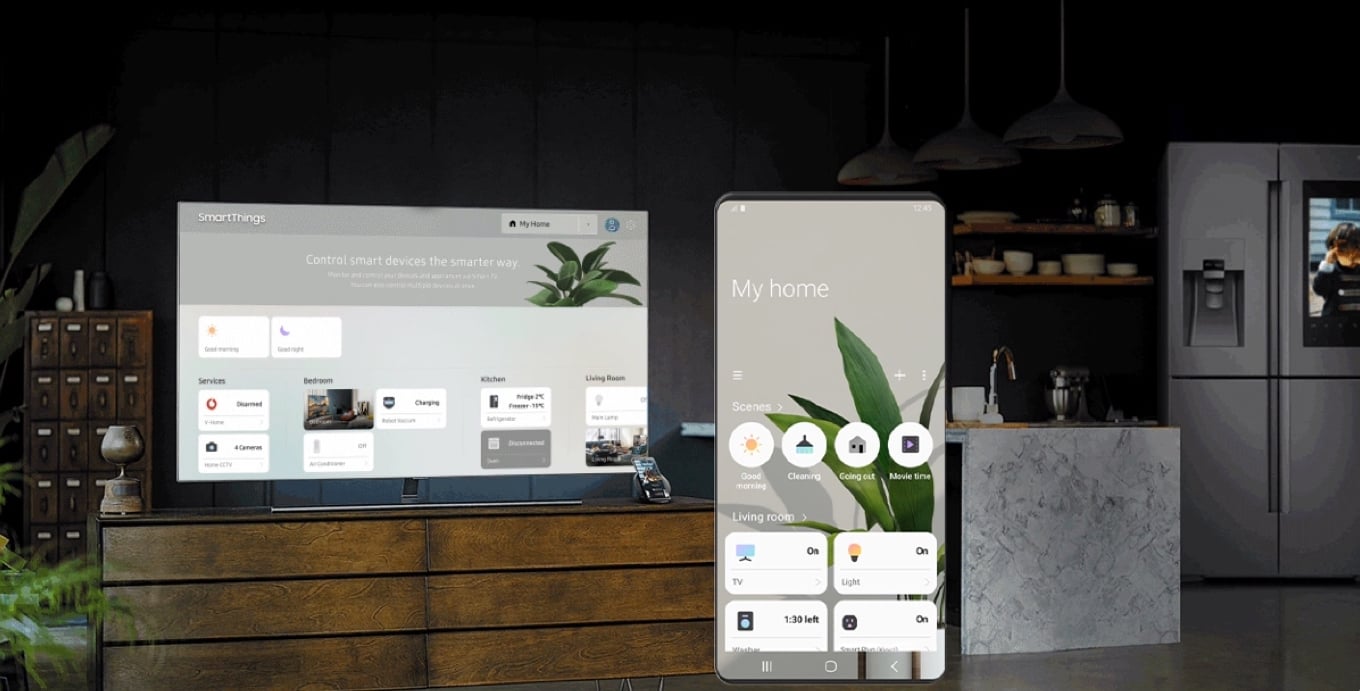
Samsung has a much better ecosystem of smart home and IoT devices, too. In fact, various smart home device manufacturers include support for Samsung’s SmartThings platform. You can buy SmartThings compatible security cameras, smart home sensors, thermostats, smart lighting, switches, and more. Over 180 brands (including Xiaomi’s own Yeelight brand) make SmartThings compatible smart home products. In a huge step forward, Google recently announced that its smart home platform will be compatible with SmartThings. It means that all the Google Nest products can now be controlled with the SmartThings app and support the SmartThings Scenes feature. In comparison, only Xiaomi makes products that are compatible with its smart home platform (Mi Smart Home).
Despite 2020 being a tough year for a lot of brands, both Samsung and Xiaomi did very well in the smartphone and wearables categories. Samsung took an important step ahead with its foldable smartphones, but it needs to keep improving its mid-range smartphones as well if it wants to defeat Xiaomi in price-conscious markets across Asia and Europe. We can safely say that Samsung did better in other segments, such as TVs, home appliances, and smart home products. Let us hope that Samsung keeps improving both hardware and software aspects of its products in 2021.
The post Samsung vs Xiaomi in 2020: Who did better? appeared first on SamMobile.
from SamMobile https://ift.tt/2Kr7SMh
via IFTTT






ليست هناك تعليقات:
إرسال تعليق